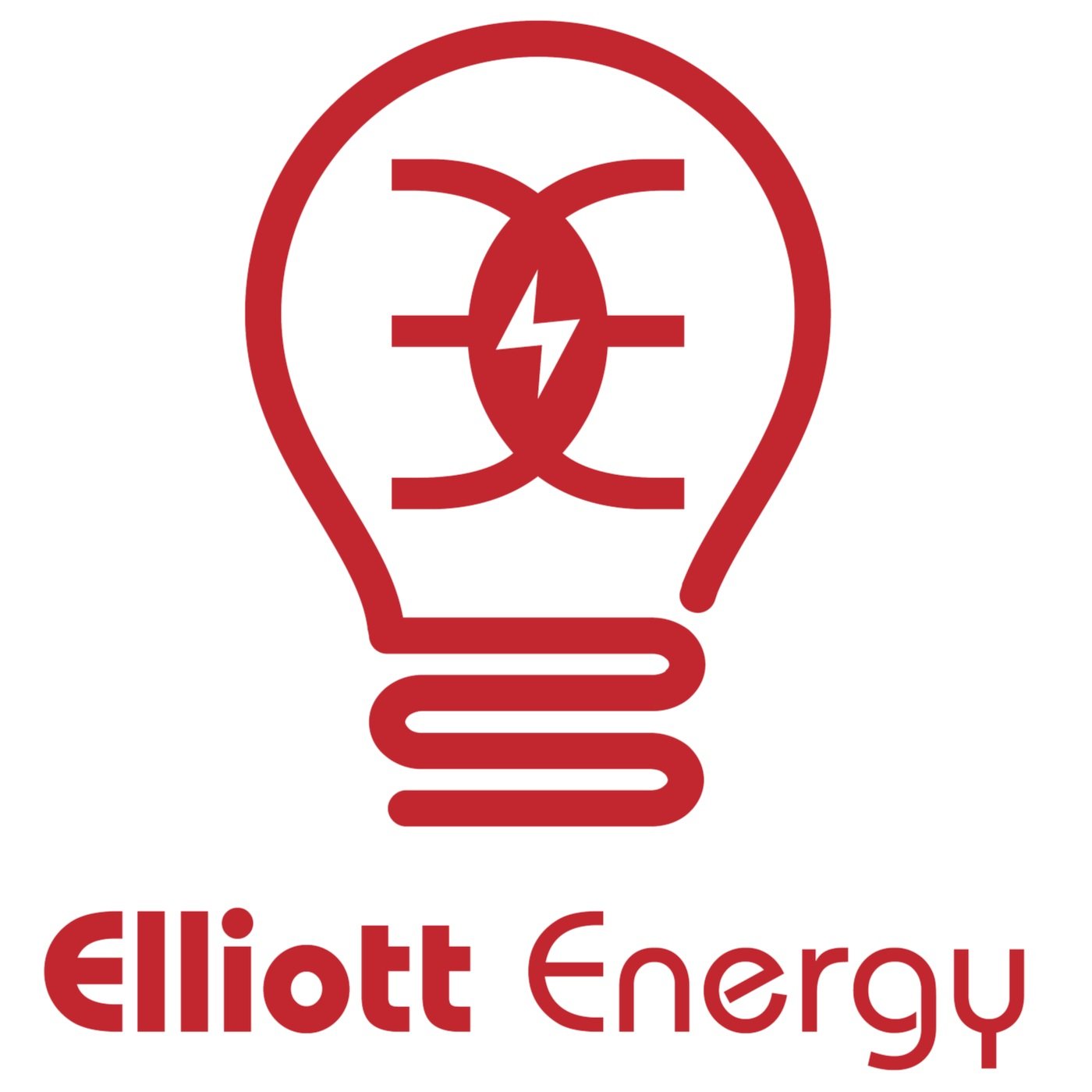Condenser Water Reset
Condenser water reset is a control strategy that will optimize chiller performance. This type of strategy is only applicable to water-cooled compressors. A quick review: air-cooled chillers are typically located outdoors and reject heat from the condenser through a series of fans, while water-cooled chillers will typically be located indoors and reject heat from the condenser through a circulating water loop and a cooling tower.
A water-cooled chiller will have two circulating water loops: the condenser loop and the chilled water loop. The condenser loop circulates between the chiller and the cooling tower, while the chilled water loop supplies air handlers or fan coils throughout the building in order to provide cooling. The chilled water setpoint can be controlled based upon outdoor dry-bulb temperature, known as chilled water reset. That topic is discussed in a separate article. The condenser water setpoint (or the temperature of the water leaving the cooling tower) can be controlled as well, but according to outdoor wet-bulb temperature. A separate article has been written to explain the difference between dry-bulb and wet-bulb temperatures, as well the various of aspects of psychometrics.
A typical condenser water system will look like the following:
1. Water leaves the condenser of the chiller at 95 °F
2. Water leaves the cooling tower at 85 °F
This is a simple picture but it works to illustrate how a typical cooling tower operates. Most cooling towers have a static setpoint of 85 °F. However, cooling towers are limited in their heat rejection capacity. The leaving water temperature can only reach the outdoor wet-bulb temperature plus an “approach.” A typical approach is 7 °F. The approach essentially accounts for the cooling tower not being 100% effective.
A cooling tower works by spraying hot water, either directly into the air or down some medium. A running fan either pulls (induced draft) or pushes air (forced draft) across the water, resulting in the water evaporating. The process of evaporation cools the water down. The water also rejects to the surrounding air through convection. The cooler water then returns back to the chiller. An important note is that the faster the fan speed, the more evaporation that will occur.
Condenser water reset works by controlling the leaving condenser water setpoint to the outdoor wet-bulb temperature plus approach. The picture above shows a sample reset curve that would be applicable. The dotted line shows the current static setpoint of 85 °F. The solid line shows the new reset. The minimum setpoint is set to 70 °F, but could be lowered as long as it is safe for the chiller.
In order to achieve cooler water temperatures when outdoor air conditions allow, the cooling tower fan speed must increase. This means that the cooling tower will ultimately consume more energy. Also, it means that the cooling tower fan must be controlled by a variable frequency drive. However, this increase in energy is greatly offset by the enormous energy savings on the side of the chiller.
By supplying the condenser with colder water, there is a decrease in pressure (refrigeration cycle picture above,). This decrease in pressure reduces the necessary work done by the compressor. By reducing compressor work for the same cooling output, the chiller can achieve very high part-load efficiencies.


